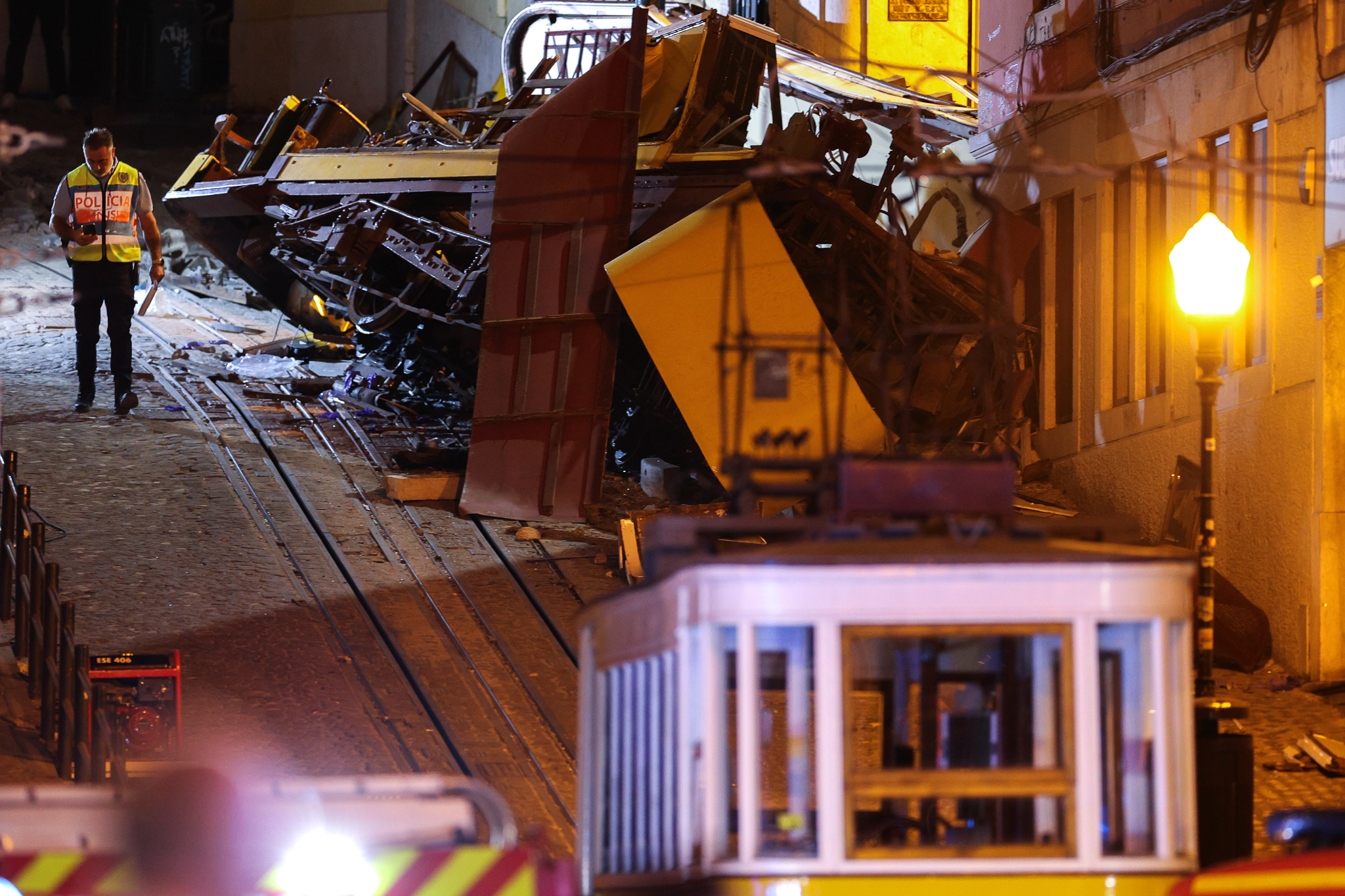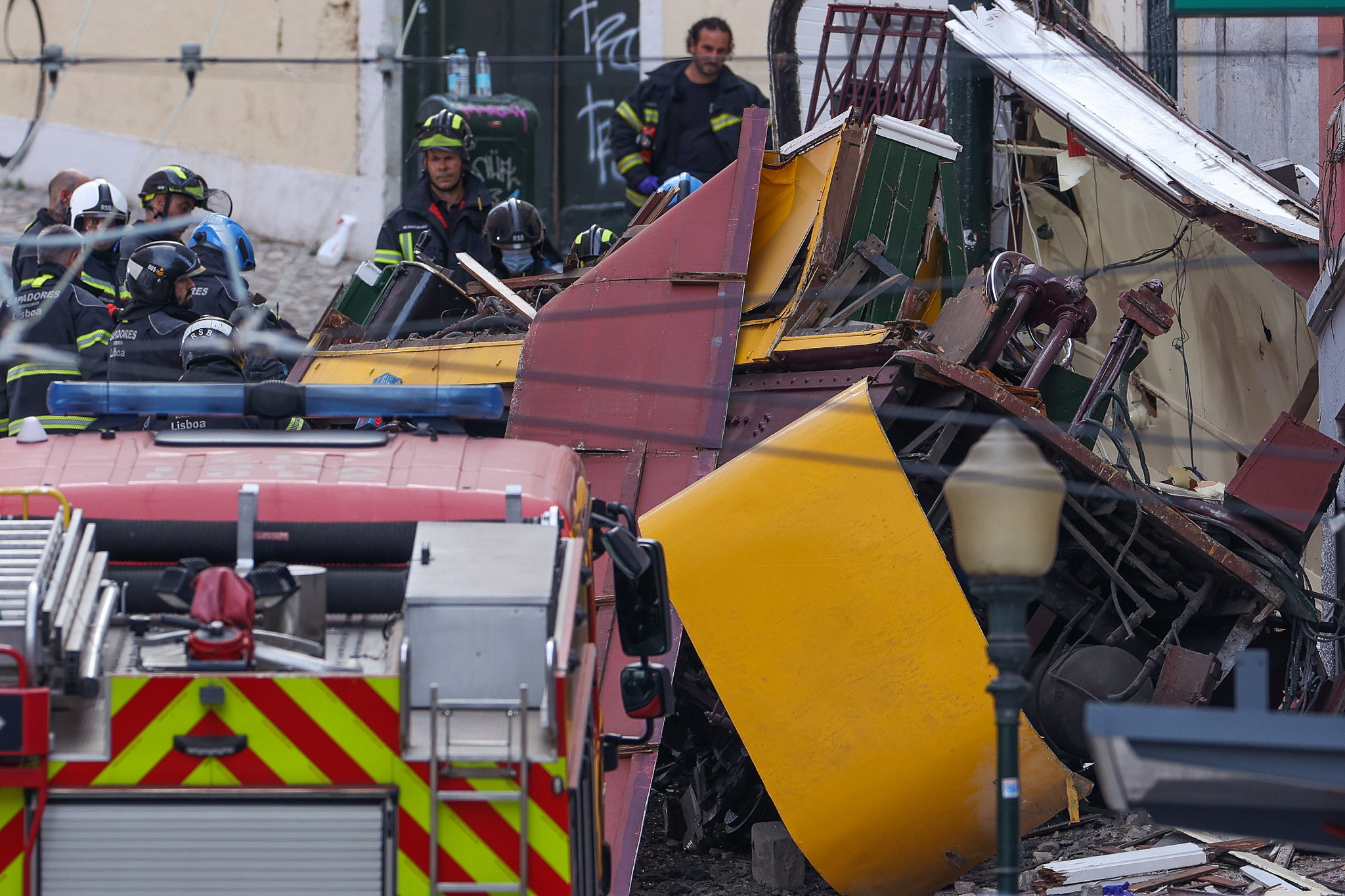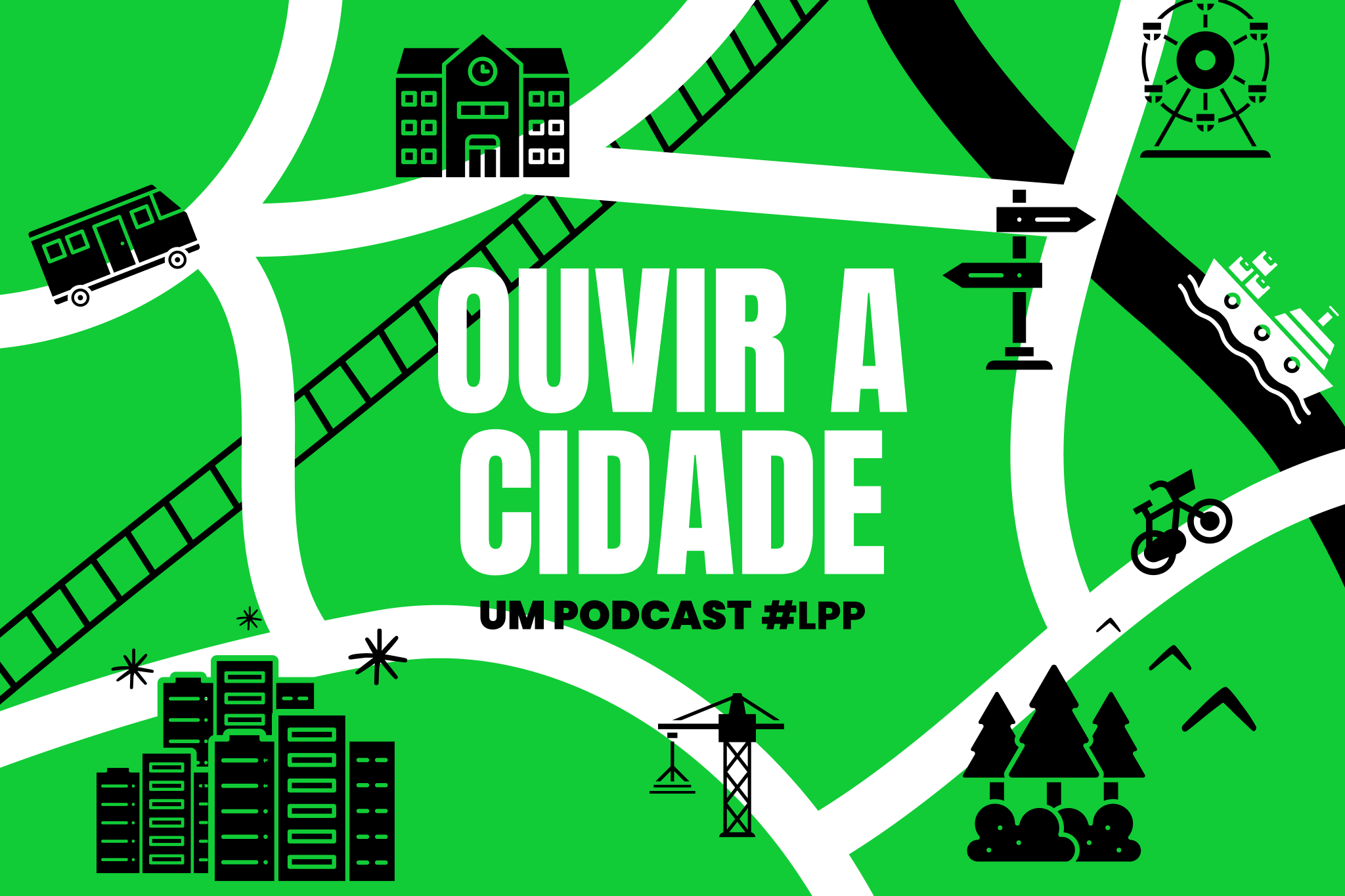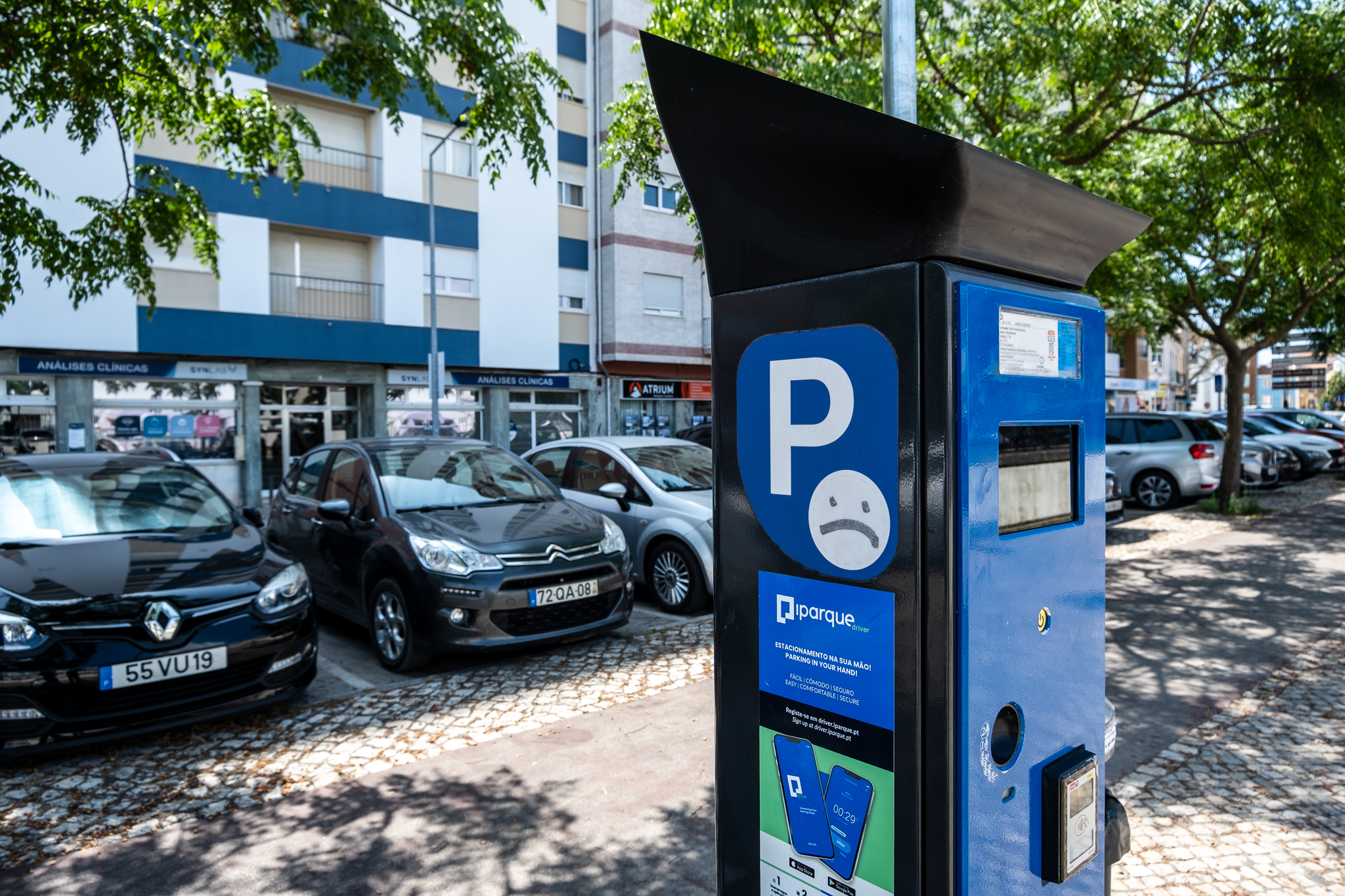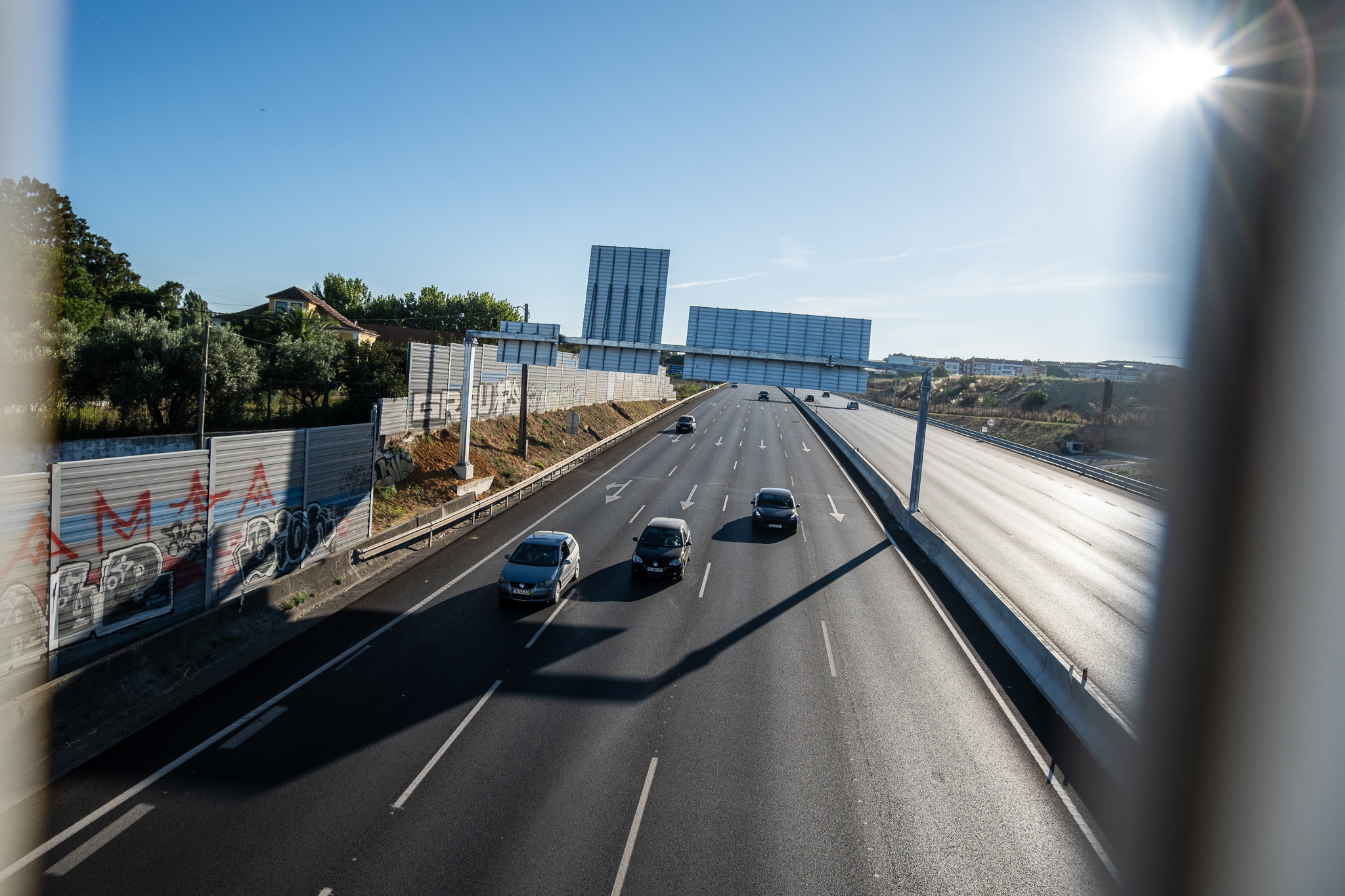Compliance with schedules will be a key aspect of the new Carris Metropolitana. TML can penalize operators who do not comply with schedules or who scrap buses, something that was not possible until today.
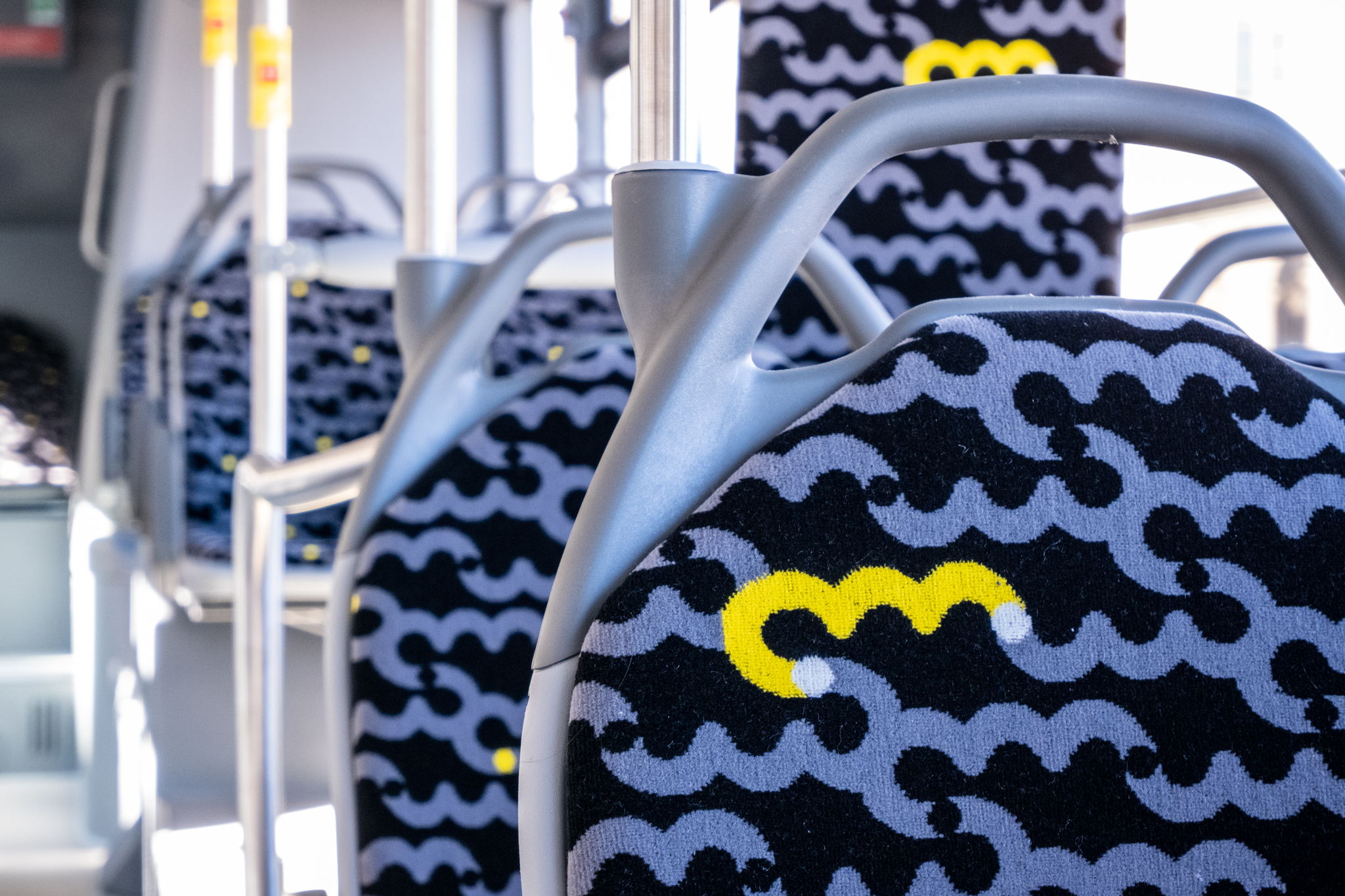
One week before Carris Metropolitana (CM) starts operating in part of the South Bank (Area 4), Transportes Metropolitanos de Lisboa (TML) brought the media together to present what is changing and clarify various questions from journalists.
Rui Lopo, TML's administrator, began the session by saying that it's still difficult even for TML to get a sense of what CM is going to be as a whole, because it is "a whole that evolves daily". "We already have a 99% snapshot of the entire network"But there are tweaks being made here and there, as a result of the complex interaction between TML - responsible for operating CM as a whole - the companies that will operate CM in each of the four Areas, and each of the Municipal Councils. This is why, according to Rui Lopo, it has not yet been possible to provide a map with all the routes and their timetables. "We created a new line on Monday" in one of the Areas, he reported.
| Counties | Operator | Start-up |
|---|---|---|
| Area 1 Amadora, Oeiras and Sintra (+ Lisbon and Cascais) | Viação Alvorada | July 1st |
| Area 2 Mafra, Loures, Odivelas and Vila Franca de Xira | Lisbon Bus Station | July 1st |
| Area 3 Almada, Seixal and Sesimbra | Transportes Sul do Tejo | July 1st |
| Area 4 Alcochete, Moita, Montijo, Palmela and Setúbal (+ Barreiro) | Alsa Todi | June 1st |
From this summer, TST, Vimeca, Rodoviária de Lisboa, Sulfertagus and other public transport brands that have lived with us in recent years will disappear and be unified under a single name - Carris Metropolitana. All the buses will have this brand, will be yellow on the outside and gray on the inside, and will run on a network and with the same fares, as we explained here. Some of the companies that currently operate buses in the Lisbon Metropolitan Area (AML) will continue to exist, but will be obliged to follow the rules of the TML and the new CM. And that changes a lot.
Operators earn per km
"If the operator doesn't keep to the timetable or if they cancel a bus, they could face a penalty, something they couldn't do today"Rui points out, adding that operators can no longer do as they please. "It's very important that passengers trust Carris Metropolitana." All buses will be able to be monitored in real time to see where they are and whether they are on time, allowing TML to check that the clauses of each contract are being met. Another new feature is that operators will now be paid by the kilometer - approximately €1.91 for each kilometer traveled by each vehicle in the entire operation. When all is said and done, it will be in the operators' interest to run more trains, even if it means running a line where they will only pick up two or three passengers. "There's a reversal of logic"points out Rui Lopo.

As of June 1st, Carris Metropolitana will be on the ground at the Area 4, which corresponds to the municipalities of Alcochete, Moita, Montijo, Palmela and Setúbal. In this region, the municipality's operations will be municipal, inter-municipal and sometimes inter-regional (i.e., outside the AML), with the exception of Barreiro where, because there is a municipal operator - Transportes Colectivos do Barreiro (TCB) - the municipality will only provide connections with neighboring municipalities. (This will be the same situation in Lisbon and Cascais, where the municipality will only provide inter-municipal connections).
In Area 4, the CM operation will be the responsibility of Alsa Todi, the company that won the international public tender. TST, which currently provides a large part of the road transport throughout the South Bank, will be in charge of Area 3, which covers Sesimbra, Seixal and Almada and will only be launched on July 1st. Area 4 will serve as a pilot, allowing TML to fine-tune any details before launching the remaining three CM areas.
Lines and numbers
In Area 4, 153 bus lines are plannedThis will result in around 365 routes, with approximately 745,000 journeys a year planned - TML says this represents an increase of 55% in vehicles/km and 60% in journeys. Alsa Todi is expected to earn an estimated annual revenue of 24 million euros, as the operation will yield 1.71 euros for every kilometer traveled by each vehicle.
There will be 62 new lines, but the vast majority of the lines are old and will simply be reinforced with more buses and more running hours. As we told you hereCarris Metropolitana's offer in this and the other Areas will be divided into Nearby Lines, Long Lines, Fast Lines, Interregional Lines, Sea Lines and Tourist Lines. The most important lines are the first four; Ana Oliveira, from TML's operational management, says that 80-85% from CM's global offer will be Long LinesThese are dedicated to establishing links between towns and municipalities.
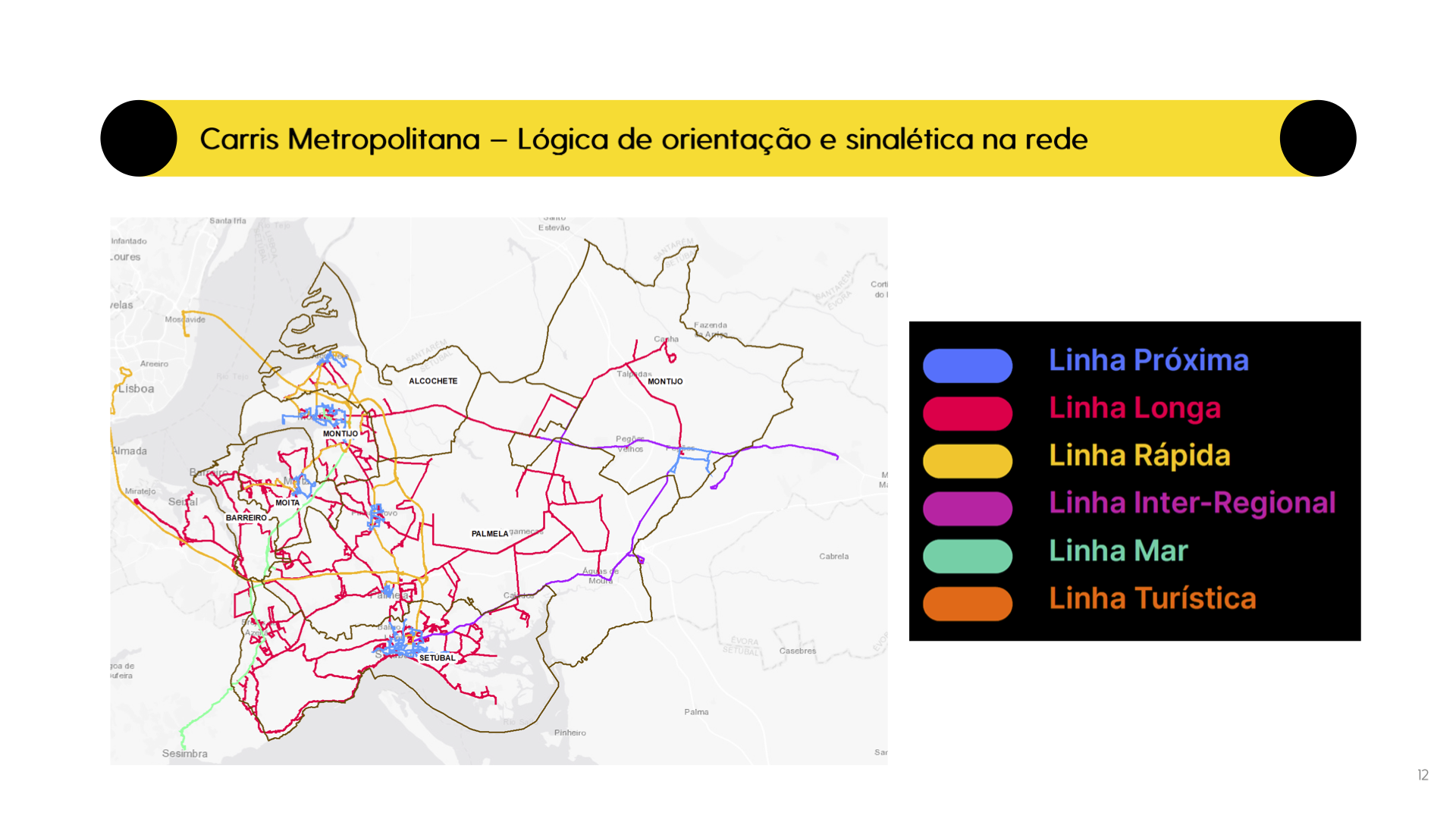
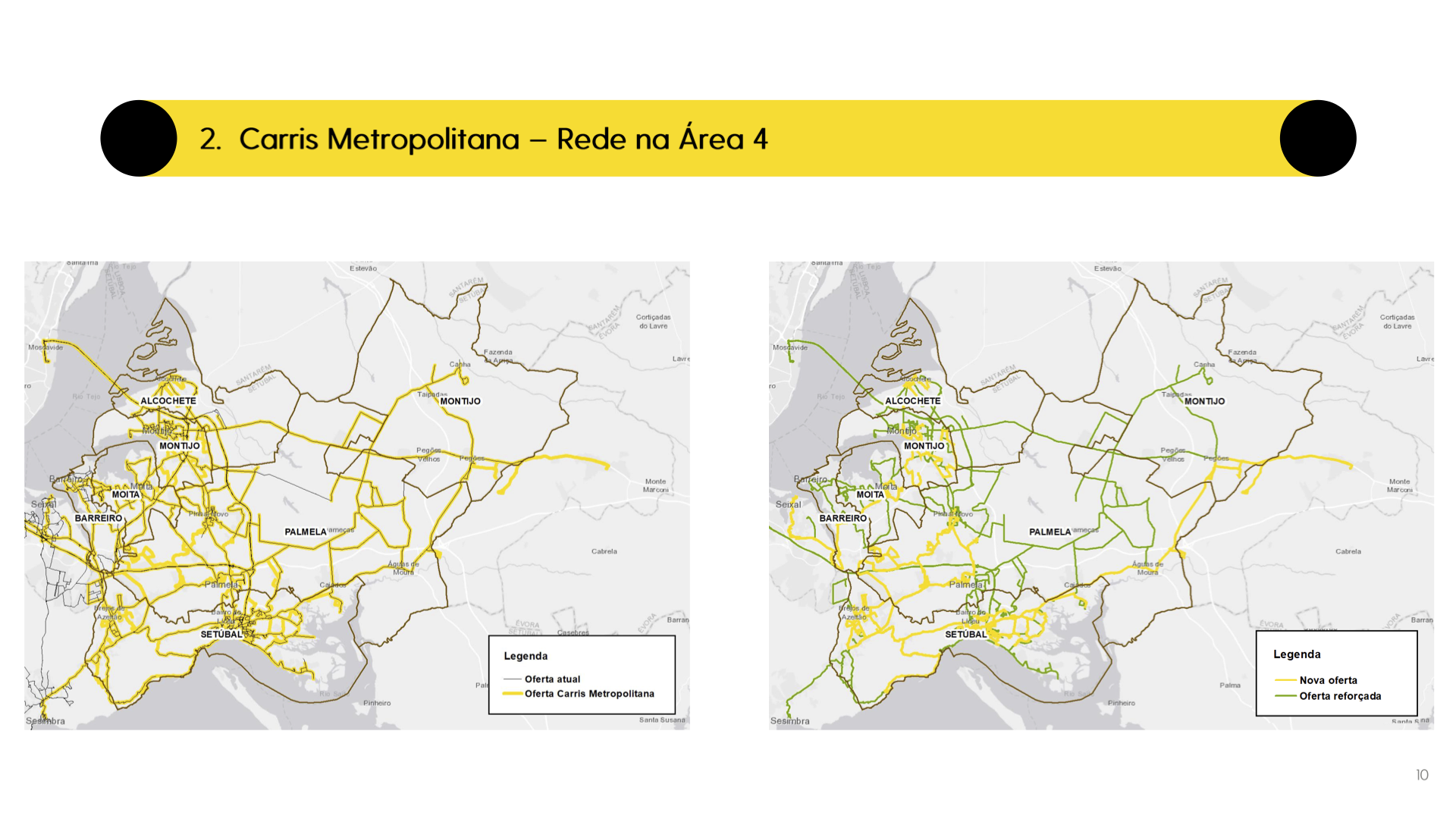
Nearby lines are generally circular and allow you to travel within the same city. Fast lines offer more direct routes with fewer stops, and will, for example, provide connections to Lisbon. Interregional lines will exist because sometimes it is necessary to create connections outside the AML. There will only be Interregional Lines in Area 4 to connect to the Vendas Novas area, in Central Alentejo; and in Area 2, to connect to the Oeste region. These are connections that already existed and will now be integrated into Navegante's ticketing system - people pay an extra €20 on their pass to leave AML on one of these Interregional Lines; or an extra 50 cents to €1 on the on-board fare.
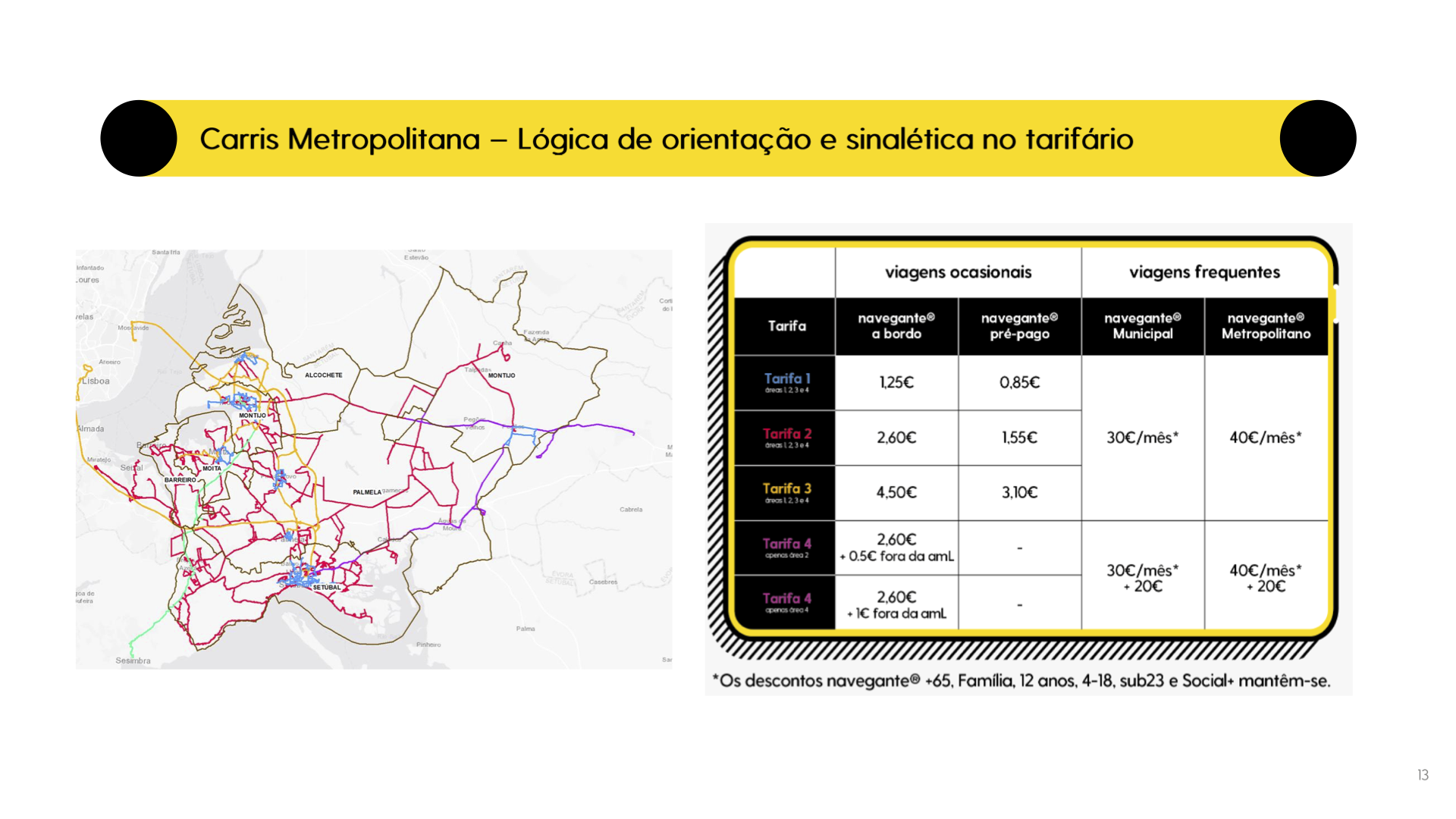
The Sea Lines (initially called Beach Lines) will serve areas that are not close to the sea and the Tourist Lines will make it easy to reach monuments and other tourist attractions in AML. In the case of Area 4, there will only be one Sea Line, which will run between Montijo, Moita and Sesimbra. TML says it is still fine-tuning the fares for the Sea and Tourist Lines, but for the other lines they have already been defined.
In addition to the color that will identify each line, there will be an associated four-digit numbering. In Area 4, all buses will start with 4 and the following digits will identify whether it is a line for one municipality only, running between municipalities, connecting to Lisbon or leaving the AML, as we explained here.
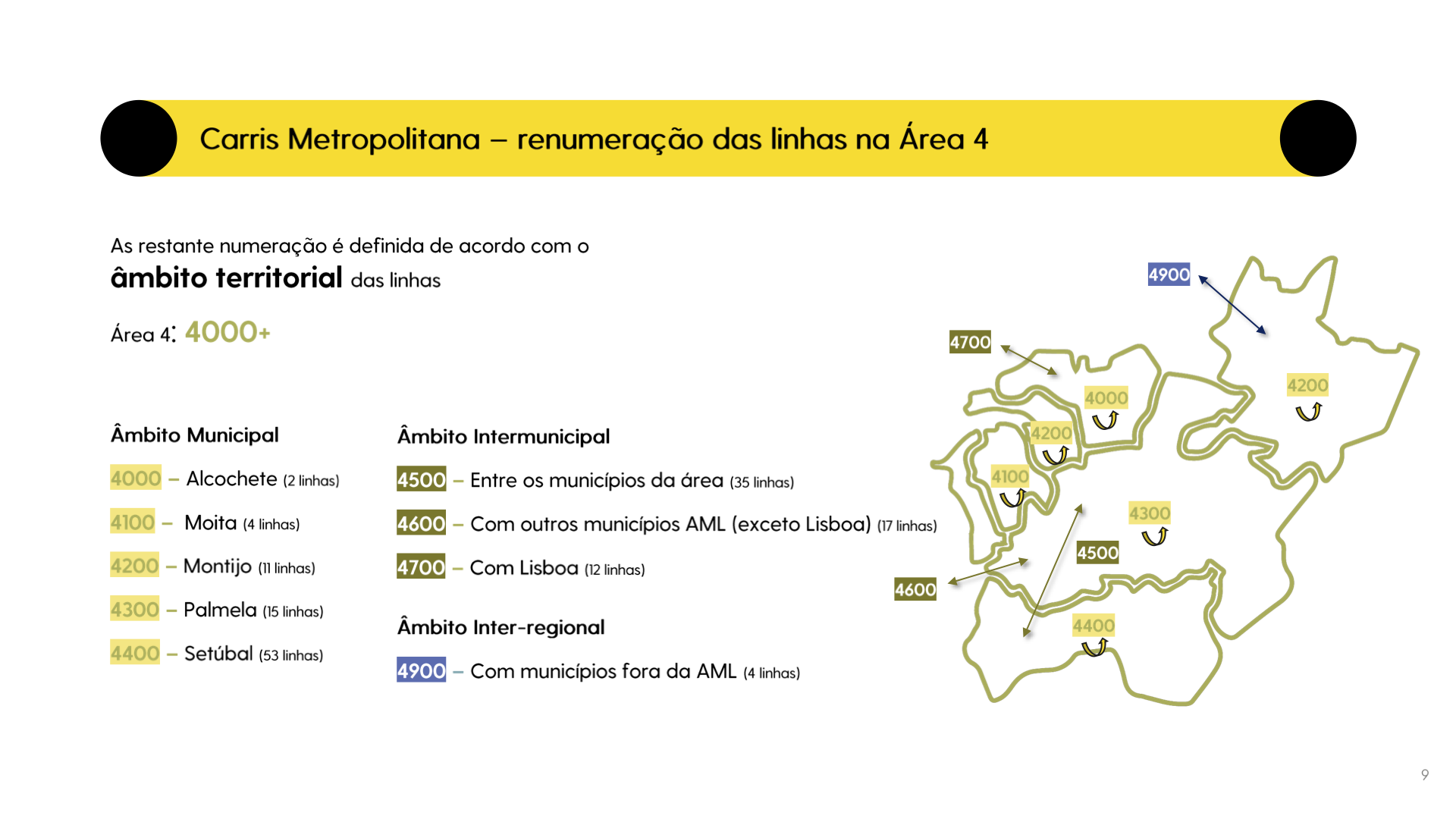
An evolving network
Ana Oliveira emphasized that Carris Metropolitana is "a transport network that is not static, but evolving" and so even in the first few months there may be changes and fine-tuning in the detail. The timetables and routes for Area 4 of CM's operation will be made available later this week; in the meantime, a communication effort has been made to ensure that, for example, those who use TST, Sulfertagus or another operator's bus will currently know the number of the corresponding bus from June 1st. As well as a "line converter" on the CM websitepaper information is being distributed to passengers and a telephone hotline has been set up.
The challenge is huge: to ensure the handover between the dozen or so public transport companies that currently operate in the AML and the four new operators, who will be running yellow buses and a common brand from the summer onwards. Divided into four areas, CM's operation will be carried out in each of these areas by a different company under a concession, but TML will coordinate the entire operation. Ana Oliveira says that the main objective is to "minimize negative impacts" that may exist with this change.
"We're setting up a system with no information on passengers or routes"Rui Lopo pointed out that the various companies currently operating in the AML did not have complete consolidated data. The fact that all buses will now be monitored in real time and centrally will give TML a different understanding of the public transport landscape. As of June 1st, the pieces of the CM will begin to come together and Rui Lopo says that TML expects to have the puzzle complete by September, just in time for the start of school.
Other information:
- the 370 digital panels that will be installed at bus stops, with real-time information on the arrival of buses, will not be available until July 1st. TML plans to place 50 of these panels in train stations and other transport interfacesand in areas with a lot of passenger traffic, such as shopping malls and the airport. In Area 4, 69 panels are planned;

- the TML does not guarantee that all buses will be adapted for reduced mobility, but estimates that 95% of the offer is fully accessible;
- information from Carris Metropolitana will be available on Google Mapsallowing people to plan their trip on this app. It may not be around yet on June 1st;
- o wi-fi free of charge on CM buses should not be available before July 1, as electronic components are in short supply due to the global context;
- in the first phase, around two thirds of buses will run with old validators (the equipment where the passenger swipes the card to validate it). This will delay the launch of the possibility of using a cell phone or bank card to use the CM service, without cash or a physical card. It is hoped that by the end of the year it will be possible to have all the validators renewed and thus dematerialize ticketing;
- a Carris Metropolitana will have a new website and more complete from June 1st. A Navegante app - which will integrate Carris Metropolitana's information and replace the portal Lisbon Travel - should arrive by the end of this year;
- it will still not be possible to board a CM bus within the municipality of Lisbon except at the initial/terminal stops on the routeThis is similar to what happens today with most Rodoviária de Lisboa or Vimeca buses. This is because Carris operates exclusively within the municipality of Lisbon. TML says, however, that it will study possible exceptions on a case-by-case basis, for example for connections to the airport;
- Under the Carris Metropolitana contracts, the operators will maintain a number of Navegante Spaces throughout the AML to serve passengers. In Area 4, there will be six, two of which will be in Setúbal as it is a very populous municipality. These CM Navegante Spaces will be working extended hours, between 8am and 9pm. The Navegante Spaces will work in addition to an extensive network of Navegante Agents, i.e. stationery shops and other local businesses where it is possible to top up the Navegante pass, as well as the so-called "Navegante Agents". Navigator PointsThere are also vending machines where you can print and load your card on the spot. By the end of the year, TML expects there to be more than 1,500 agents, 26 Navegante Spaces and 23 Navegante Points in the four areas of operation.

